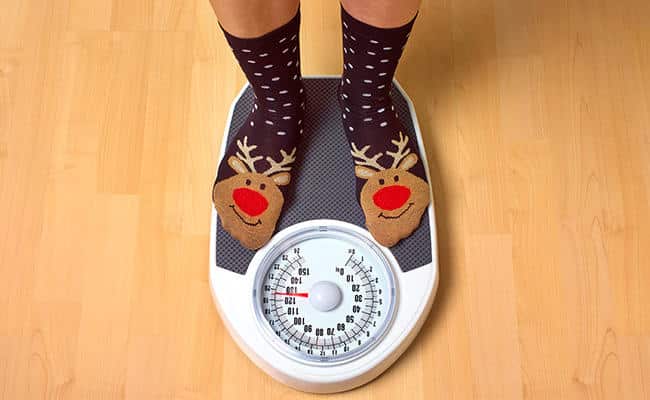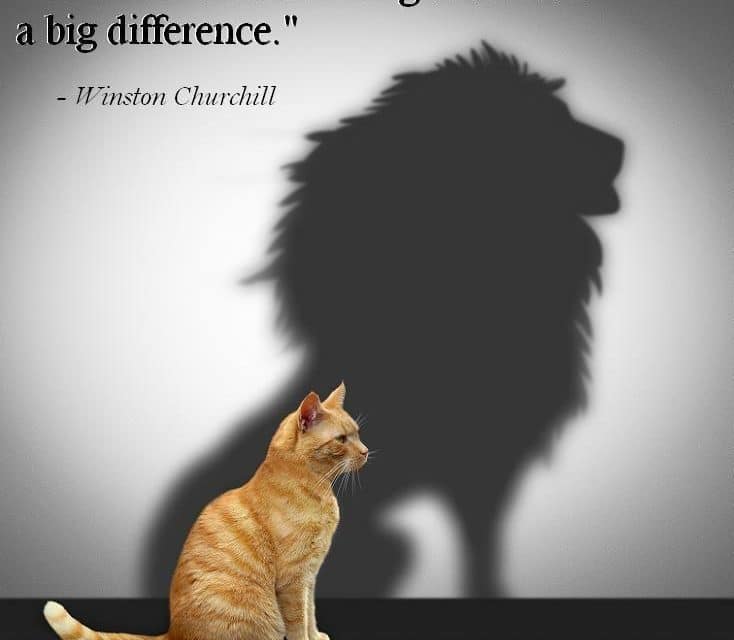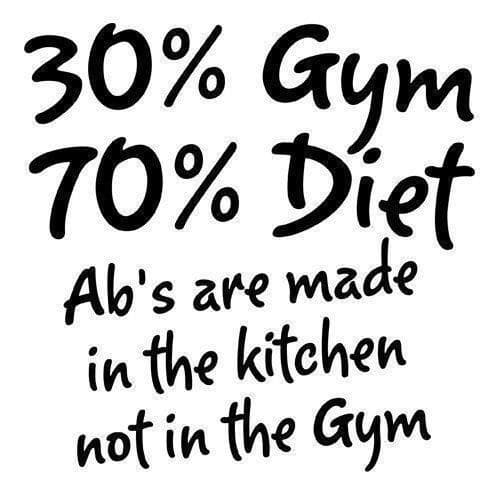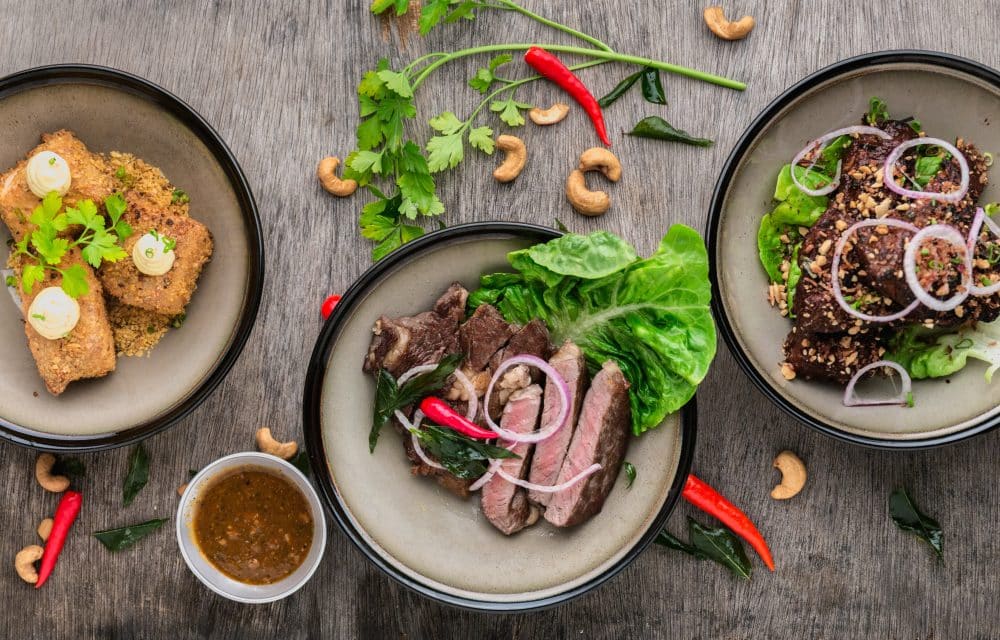The Older You Are, The More Important Exercise Becomes
 You may not realize it, but as you get older, you actually need to exercise more to avoid the natural loss of muscle tissue. If you haven’t worked out before, getting results when you start may be tougher, especially when it comes to building muscle tissue. After the age of around thirty plus, muscles get you start losing mass. That process of loss is faster if you’re inactive. Everything slows, including metabolism, unless you choose to take charge. You can do that with a program of regular exercise.
You may not realize it, but as you get older, you actually need to exercise more to avoid the natural loss of muscle tissue. If you haven’t worked out before, getting results when you start may be tougher, especially when it comes to building muscle tissue. After the age of around thirty plus, muscles get you start losing mass. That process of loss is faster if you’re inactive. Everything slows, including metabolism, unless you choose to take charge. You can do that with a program of regular exercise.
Including strength training can help keep you independent in a number of ways.
Whether you’re a man or a woman, strength training as you age is important. It keeps the muscles strong. Strong muscles are necessary for strong bones. As they tug on the bones, the body sends more calcium to the area to maintain bone strength. Without weight bearing exercise, osteoporosis can occur. In addition to bone health, strength training also helps improve balance and prevent falls.
Working out can keep you younger on a cellular level.
There are a huge number of studies that show that exercise can help slow the process of aging, but also quite a large number that show it can actually reverse the aging process. One study followed a group of people that did both strength training and HIIT. They found that working out boosted the mitochondrial activity in their cells. The mitochondrial activity helped the cells stay younger and more vital. Guess who received the biggest boost in the activity. It was in the group aged 65 to 80. It boosted mitochondrial activity by 69 percent. Other studies showed that people worked out not only showed no decrease in muscle mass, but an increase in it and had an immune system that showed no signs of aging.
Pain, pain go away, don’t come back another day.
It won’t when you exercise. People historically talk about aching joints and other aches and pains from arthritis to back pain. When you workout, particularly do weight training, it reduces arthritis pain and builds the muscles, tendons and ligaments to help reduce the pain in the future. It’s important to work closely with the training and let him or her know your problem before you start. Working out also improves range of motion and help with blood sugar control. It can reduce insulin resistance and help those with diabetes.
- Many studies have showed that improved functioning and amount of stem cells can turn back the clock. Physicians now using stem cell therapy for joints recommend exercising to boost the amount of stem cells available.
- One study shows that getting some type of exercise for five minutes every fifty minutes if you’re normally sedentary can keep you even healthier—even if you workout regularly.
- Choose to move more often and move faster. Studies show that older people who walk faster with longer strides actually live longer.
- Regular exercise can help improve strength and balance to prevent falling. Falls account for many injuries amongst older men and women and the loss of independence.



 Sticking with your fitness regimen during the holidays can be super tough. There’s so much going on that getting to the gym or taking time to workout almost seems impossible. To make it even worse, if eating healthy is a top priority there are tempting treats everywhere that can destroy your plans. The holidays can also create stress, which makes you want to grab those treats even more. There are ways to stay
Sticking with your fitness regimen during the holidays can be super tough. There’s so much going on that getting to the gym or taking time to workout almost seems impossible. To make it even worse, if eating healthy is a top priority there are tempting treats everywhere that can destroy your plans. The holidays can also create stress, which makes you want to grab those treats even more. There are ways to stay
 If you’re a runner, jogger or other outdoor exerciser or simply need some indoor activities for you or you and the kids to do on your day away from the gym when the weather is cold, snowy or rainy, you’ll love some of these ideas. Having active games and fitness routines ready will help you stay consistent to your workout program and avoid skipping it entirely. So if the roads are bad this winter, here’s a go-to list you can use. Feel free to add more indoor activities to it!
If you’re a runner, jogger or other outdoor exerciser or simply need some indoor activities for you or you and the kids to do on your day away from the gym when the weather is cold, snowy or rainy, you’ll love some of these ideas. Having active games and fitness routines ready will help you stay consistent to your workout program and avoid skipping it entirely. So if the roads are bad this winter, here’s a go-to list you can use. Feel free to add more indoor activities to it!
 If you’ve had it with yoyo dieting, it’s time to think about making lifestyle changes. Healthy lifestyle changes can mean eating healthier, working out regularly, getting more sleep and drinking more water. It definitely doesn’t mean starving yourself or eating only certain foods and feeling deprived because of it. One reason I don’t recommend dieting is that diets just don’t work. You may lose weight, but then go back to old eating habits and the weight returns.
If you’ve had it with yoyo dieting, it’s time to think about making lifestyle changes. Healthy lifestyle changes can mean eating healthier, working out regularly, getting more sleep and drinking more water. It definitely doesn’t mean starving yourself or eating only certain foods and feeling deprived because of it. One reason I don’t recommend dieting is that diets just don’t work. You may lose weight, but then go back to old eating habits and the weight returns.
 There’s a reason I love working with my clients in Louisville, KY. It’s because of their amazing dedication and enthusiasm when it comes to fitness. That makes my job so much more rewarding and also helps them get fit faster. Just like them, your attitude toward fitness makes all the difference when it comes to getting results. If you dread working out and eating healthy, you’ll find excuses for not doing it. Take a personal inventory of your attitude and look for ways to make it better, even if it’s already good. Below are reasons people give for not getting fit and the logic that can help change their attitude.
There’s a reason I love working with my clients in Louisville, KY. It’s because of their amazing dedication and enthusiasm when it comes to fitness. That makes my job so much more rewarding and also helps them get fit faster. Just like them, your attitude toward fitness makes all the difference when it comes to getting results. If you dread working out and eating healthy, you’ll find excuses for not doing it. Take a personal inventory of your attitude and look for ways to make it better, even if it’s already good. Below are reasons people give for not getting fit and the logic that can help change their attitude.
 Which is more important for fitness, a healthy diet or a program of regular exercise? While I always tell my clients at my Louisville facility that weight loss starts with a healthy diet, to maximize that weight loss, a program of regular exercise is also important. You won’t be at peak performance if you don’t have both. Adding adequate sleep, good hydration and avoiding abusive alcohol, tobacco and drug use is also important. No matter how much you exercise or do the other important things to constitute healthy living, if you aren’t eating healthy, you won’t get the healthy results you want.
Which is more important for fitness, a healthy diet or a program of regular exercise? While I always tell my clients at my Louisville facility that weight loss starts with a healthy diet, to maximize that weight loss, a program of regular exercise is also important. You won’t be at peak performance if you don’t have both. Adding adequate sleep, good hydration and avoiding abusive alcohol, tobacco and drug use is also important. No matter how much you exercise or do the other important things to constitute healthy living, if you aren’t eating healthy, you won’t get the healthy results you want.
 It’s not too early to start thinking about the holidays, especially if you want to give yourself the Christmas gift of good health and energy. It’s not unusual for people who make holiday gifts to start early and even more important if you’re giving yourself the gift of a healthy lifestyle. If you start today, you’ll see the results you want for the holidays. Not only will you feel more energetic, you’ll look better, too. Dedicate the next few months to fitness and you’ll find sticking the program is even easier when the busy holiday times come around. You’ll have more energy to deal with all the chaos that the holidays bring, too.
It’s not too early to start thinking about the holidays, especially if you want to give yourself the Christmas gift of good health and energy. It’s not unusual for people who make holiday gifts to start early and even more important if you’re giving yourself the gift of a healthy lifestyle. If you start today, you’ll see the results you want for the holidays. Not only will you feel more energetic, you’ll look better, too. Dedicate the next few months to fitness and you’ll find sticking the program is even easier when the busy holiday times come around. You’ll have more energy to deal with all the chaos that the holidays bring, too.
 If you don’t have the extra time to get to a gym or don’t have a gym near you, consider getting fit with online help. Not only is online training easier to fit into your schedule, it’s also far more affordable. You’ll get a personalized workout program and nutritional guidance at a fraction of the cost of individual face-to-face personal training. Whether you’re a busy working mom or dad, have erratic hours or have a schedule that doesn’t work with gym schedules, online training can make it easier to create your own workout schedule and it cost less. That’s a double win.
If you don’t have the extra time to get to a gym or don’t have a gym near you, consider getting fit with online help. Not only is online training easier to fit into your schedule, it’s also far more affordable. You’ll get a personalized workout program and nutritional guidance at a fraction of the cost of individual face-to-face personal training. Whether you’re a busy working mom or dad, have erratic hours or have a schedule that doesn’t work with gym schedules, online training can make it easier to create your own workout schedule and it cost less. That’s a double win.
